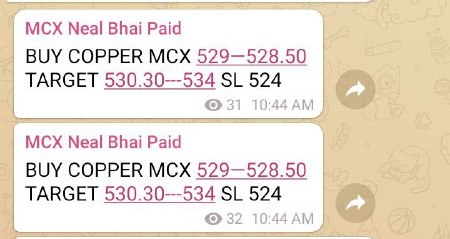Copper MCX Tips Today Hit High 532.40, Trading Zone 521—552, Copper prices rallied on Tuesday on the back of falling inventories, unprecedented Chinese economic stimulus and ongoing worries about pandemic-hit supply from top producer South America.
- Copper Market on Edge: Output Outages Threaten Global Supply
- WTI Stabilizes at $62 as OPEC+ Pushes Back on Supply Hike Talk
- XAG/USD Silver Price Holds $47: What’s Next for Bulls?
- Gold Rates LIVE: October 1 Prices Across Mumbai, Delhi, Bengaluru, Chennai, Hyderabad, Kolkata
- Gold Surges as Washington’s Government Shutdown Drama Unfolds
Copper for delivery in September trading in New York changed hands for $2.9815 a pound ($6,573a tonne) in afternoon trade, up 2.8% from Monday’s settlement.
Copper futures prices are on track for the highest close since July 2018 and are now up by more than 50% from the covid-19 lows struck in March.
Stocks down
Copper inventories in warehouses operated by the London Metal Exchange fell to 107,525 tonnes on Tuesday, down by more than two thirds over the past year and the lowest since August 2007.
New York Comex and Shanghai Futures Exchange inventories are up over the past year, but the combined total is still 165,000 tonnes below August 2019.
Chinese stimulus
Copper prices have also been lifted by top consumer China, where unprecedented stimulus measures have increased demand for the metal widely used construction, transportation, industry and electrical grids.
Since the outbreak of the pandemic, Beijing has issued 4.75 trillion yuan ($683 billion) in local and national debt with a focus on encouraging infrastructure projects, according to China Dialogue.
As of the end of June, 63% of funds from local government special bonds had gone to infrastructure investments, primarily in transportation, civic infrastructure and industrial parks, according to figures from GF Securities.
China’s finance ministry has said that 700 billion of the 1 trillion yuan in national special bonds can be used as capital for infrastructure construction (the remainder is to be used for general pandemic-related spending).

